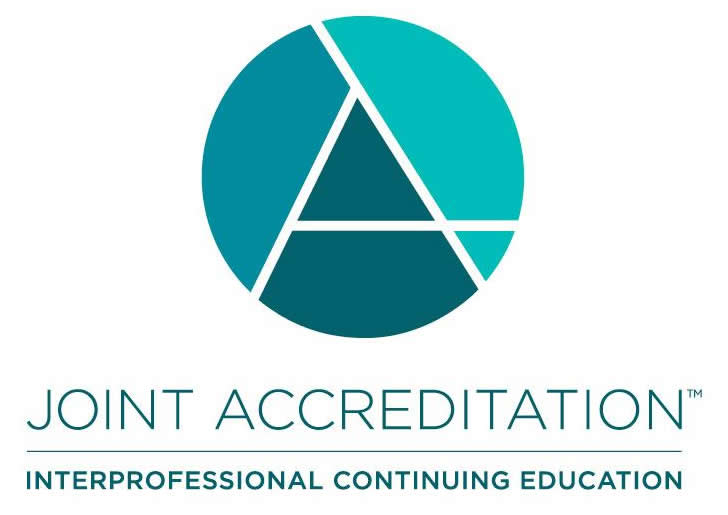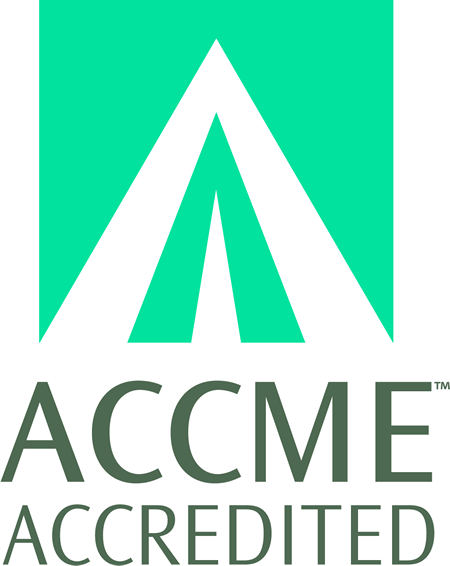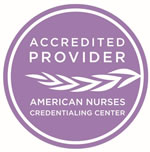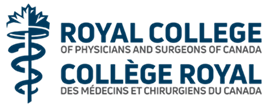
COURSE CREDITS & HOURS
14 AMA PRA Category 1 Credits™14 ACPE Credits
14.0 Contact Hours
10 ½ Hours of Pharmacology for NPs
COURSE FEES
TARGET AUDIENCE
PROGRAM PURPOSE
Topics:
- Pulmonary embolism
- Understand the historical context of pulmonary embolism
- Comprehend the pathophysiology and know some common risk factors
- Be aware of the clinical features of PE and have a basic understanding of various diagnostic test
- Gain a therapeutic approach to the treatment of PE and discuss a simplified method in the work-up of PE
- Attempt to dispel a few "myths" about pulmonary embolism
- Cerebral ischemic disease
- Understand the management of hemorrhagic and ischemic stroke
- Understand the indications and exclusions of IV-tPA in ischemic stroke
- Understand current diagnostic modalities for ischemic stroke
- Discuss controversies in acute stoke care
- Understand the Emergency Department evaluation of TIA
- To understand risk stratification of TIA
- Opioid withdrawal and treatment
- Review indications for opioid replacement therapy
- Manage the patient with opioid withdrawal
- Alcohol withdrawal
- Identify criteria for alcohol use disorder
- Initiate treatment for AUD
- Asthma and COPD
- Distinguish between asthma and COPD
- Develop testing strategies for patients
- Outline management options for ED treatment
- Specify the ventilation management of intubated patients
- Outline the discharge regimen for asthma and COPD patients
- ACS updates
- Describe the recommended approach to patients with NSTEMI
- Outline approaches and options in the management of NSTEMI patients
- Address new recommendations for managing STEMI patients
- Discuss controversies in the management of STEMI patients
- Surviving your deposition
- Identify common methods of conducting the deposition
- Review appropriate approaches to deposition tactics
- Managing the chronic COPD and acute Pneumonia patient
- Utilize contemporary management principles in COPD and Pneumonia
- Updates in hyperlipidemia management
- Apply the most recent management guidelines for primary and secondary ASCVD prevention
- Prevention and Management of Osteoporosis : The impact on the individual
- Recognize risk factors for osteoporosis and apply evidence-based screening.
- Additionally describe the importance of aggressive treatment of Osteoporosis.
- Current Evidence in Obesity Management
- Define how the latest guidelines apply to the practical evaluation and treatment of patients who are obese;including weight management pharmacotherapy
- Atrial Fibrillation Management: Impacting Quality of Life and Stroke Risk
- Interpret practice guidelines for atrial fibrillation and identify appropriate anticoagulation strategies for atrial fibrillation
- Dermatologic diseases of aging skin for nondermatologic practioners
- Identify and apply treatment principles for common non-cancerous skin and nail disorders in the older patient
- 2020 Hypertension Guidelines and Controversies
- Recognize the principles of and the evidence for pharmacologic and non-pharmacologic managment of the hypertensive patient








































